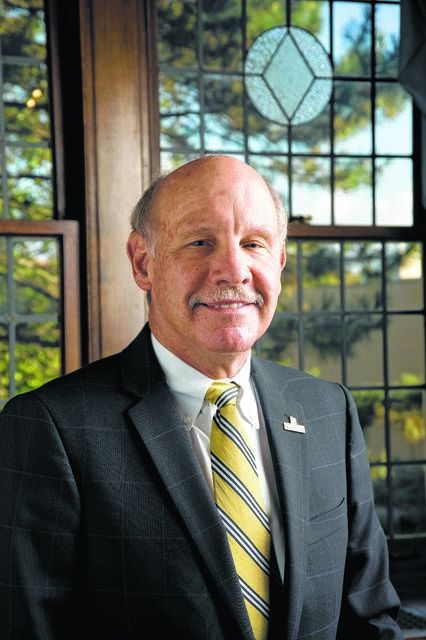Click here to subscribe today or Login.
The call for forgiving student debt was heard often during the last presidential campaign.
Both Sens. Bernie Sanders and Elizabeth Warren called for partial or total forgiveness of the $1.6 billion in student loans.
About 8% of those loans are carried by students’ parents. Now that the election is over, Sen. Chuck Schumer is pressing President-elect Joe Biden to move aggressively on a plan to forgive up to $50,000 in federal student-loan debt for every graduate. While the total outstanding student debt surpasses the amount of credit card debt for all Americans, about 55% of all undergraduate’s complete college with no student loans or owe only $20,000. The horror stories about $100,000 in loans represents only 6% of all graduates and most of this debt is incurred by graduate students.
Schumer’s position has gained momentum from others in Congress who claim that student debt cancellation will help stimulate the economy and hence expedite recovery from the COVID-19 recession. Intuitively this reasoning makes sense, but even left-leaning policy advocates like Jason Furman, chair of President Obama’s Council of Economic Advisors, contend that forgiving student debt would be a poor economic stimulus investment. Furman’s contentions are backed-up by Matt Bruenig who founded the People’s Policy Project.
Both Furman and Bruenig contend that forgiving student loans would have little stimulative effect upon the economy because well-conceived economic policy designed to stimulate the economy should allocate money directly to individuals who will spend it. This will multiply its effect by passing funds along to others who will purchase more goods and services. Paying off creditors likely will have a zero multiplier effect according to Furman and others.
Further government’s removal of student debt will also have a negative impact on the distribution of income in the U.S. It will be “regressive” because people who have a college degree tend to be financially better off than those without one. When the government pays off debt, those with higher incomes will benefit at the expense of future taxpayers, many of whom did not attend college.
This fact is pointed out by William Piketty, a French economist whose 2018 book “Capital in the Twenty-First Century” focuses upon how the accumulation of wealth has been concentrated among a relatively few. This is because the rate of return on capital investments, which is a major source of income for the rich, has far surpassed the rate of economic growth in the past 150 years.
Why would new government officials who maintain that they are interested in a more equitable distribution of income in the U.S. advocate for student loan forgiveness which wouldserve to aid high income people at the expense of the poor?
The answer may lie not in good economics, but rather in politics according to Zaid Jilani, who gained some notoriety by writing for the website of the left-leaning Center for American Progress. According to Jilani, Schumer’s admonition is that the Democratic party can no longer count on working class voters who supported Trump in 2016. Instead Democrats must now rely more heavily upon college-educated suburbanites. Those priorities align more with their family’s financial future now clouded by their own college loan payments. Forgiveness would make these new moderate Democrats’ lives easier and further adhere them to the party.
Aside from this political contrivance, what is a viable answer to individuals saddled with college debt? Moratoriums on payments, like the one that the Trump administration just extended, is not a long run option. The new administration might consider partially subsidizing the refinancing of college debt at today’s lower interest rates. The existing Public Service Loan Forgiveness program, that subsidizes loan payments for graduates who choose relatively low paying public service careers, could be thoughtfully expanded.
Of course, the best way to resolve the student loan issue in the long run is to not incur significant debt in the first place. Much debt is incurred because students do not graduate “on time.” Today fewer than 40% of college students enrolled in a four-year degree program graduate in six years. Perspective students should look at the U.S. Department of Education’s official annual cohort default rates. That data is a good proxy for showing which colleges work hard to graduate students on time and with an ability to pay back loans.
Michael A. MacDowell is President Emeritus of Misericordia University. The average student loan delinquency rate is 10.8%. Misericordia University’s delinquency rate is only 4.4%.





